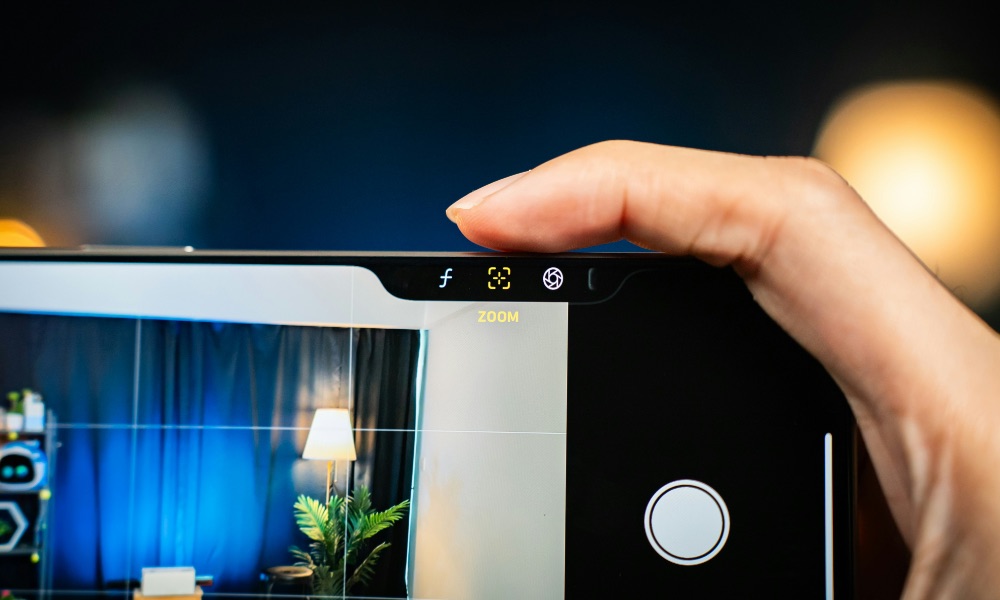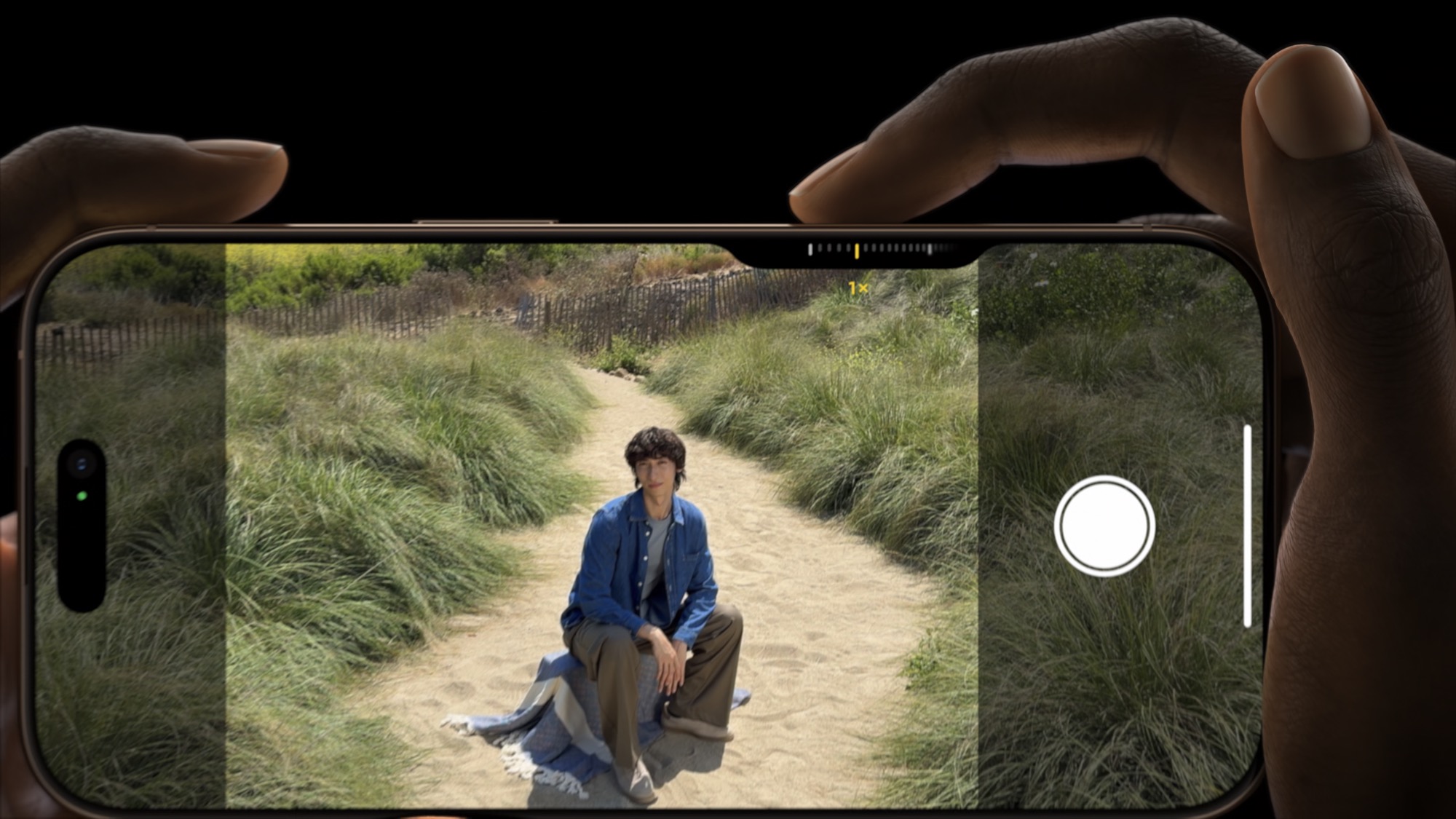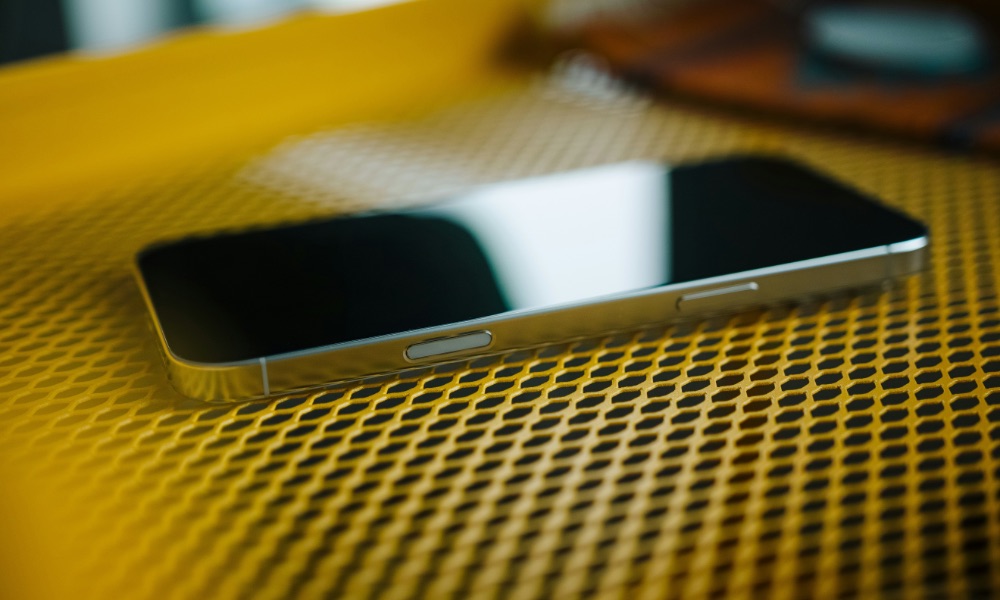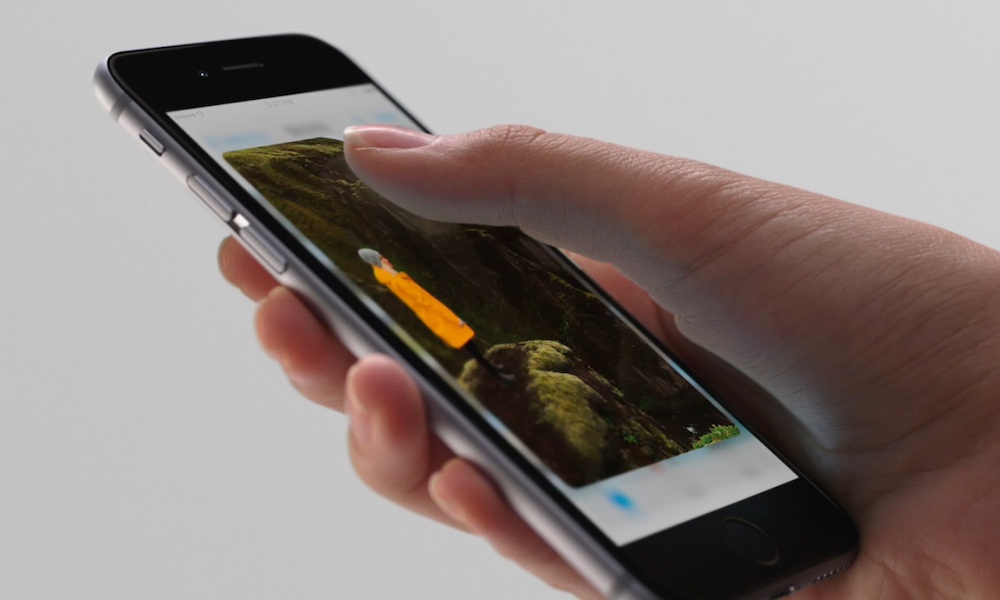Will the iPhone Camera Control Go the Way of 3D Touch?
 Amanz / Unsplash
Amanz / Unsplash
Toggle Dark Mode
A dubious new rumor suggests that the Camera Control feature Apple introduced on last year’s iPhone 16 lineup could turn out to follow in the footsteps of Apple’s 3D Touch feature as another failed user interface experiment.
While the new Camera Control hasn’t been received enthusiastically in every corner, many find it a genuinely useful way to quickly bring up the camera for snapping quick pictures on the go. If anything, its earliest critics focused on a lack of customization, but Apple has addressed many of its limitations in subsequent iOS 18 updates.
For example, iOS 18.2 added a setting to eliminate false in-pocket activations by requiring the screen to be on before opening the camera app, while also adding a light press-and-hold gesture to enable auto-focus and auto-exposure lock on the main subject in your frame.
The Camera Control is also key to Apple’s visual intelligence feature?. While the iPhone 16e and iOS 18.4 brought this feature to the Action button on other Apple Intelligence-capable iPhone models, it also prevents the button from being assigned to other tasks.
So, with all that in mind, it’s hard to believe that Apple would eliminate the Camera Control. However, many of us thought the same about the remarkably useful 3D Touch feature of the iPhone 6s era, but Apple omitted it from the 2018 iPhone XR and axed it from the entire iPhone 11 lineup in 2019. It was replaced with the software-based “Haptic Touch,” which involved long presses combined with haptic feedback, but it wasn’t quite the same. 3D Touch was faster and more nuanced, with immediate responsiveness, and the ability to use “peek and pop” gestures where long presses and pressure could do different things, such as previewing an email or web link with a long press and then pushing down harder to open it in a new window.
Will the Camera Control Suffer the Same Fate?
A leaker with a sketchy track record that goes by variations on the name “OvO” posted yesterday on Weibo that this year’s iPhone 17 models may be the last to feature the Camera Control because not enough people are using it.
This assumption is based on Apple reportedly telling its supplier partners that it won’t be ordering any more components needed for the Camera Control feature. That certainly suggests that future iPhones may exclude the button, but there are other conclusions that we could reach from that, such as Apple going with new suppliers or changing the nature of the Camera Control in some way that would require a substantially different set of components.
The leaker theorizes that the lack of uptake on the Camera Control would require Apple to spend more time and effort to improve it. Instead of investing in those improvements, Apple is believed to be cancelling the button to cut costs.

The Camera Control has turned out to be more polarizing than 3D Touch ever was. Not everyone welcomed Apple’s older pressure-sensitive touchscreen technology with enthusiasm, but we can’t recall too many people being opposed to it. By comparison, the Camera Control has its detractors; while it can be easily disabled for anyone who wants to ignore it, it’s far more visible than 3D Touch ever was, giving those who dislike it a reminder of what they consider to be a poor design decision every time they look at their uncased iPhone.
Still, 3D Touch arguably held Apple back in other ways than merely costing more. The feature required pressure-sensitive displays that were thicker and complex to repair. It also hindered the development of thinner iPhones.
The feature was also so tightly ingrained into the core user experience that it never made sense to limit it to higher-end iPhones, as we saw when the iPhone XR came along. Plus, as a huge fan of 3D Touch, I always found it awkward when I’d habitually try to use the same gestures on my iPad.
Eliminating 3D Touch allowed Apple to provide a consistent user experience across all of its devices. The Camera Control doesn’t fall into the same category, as it’s not something anyone would expect to find on an iPad. The iPhone 16e lacks the button, but few people switch between iPhone models regularly.
While Haptic Touch arguably wasn’t a complete replacement for 3D Touch, it was close enough for most folks, and even the most strident fans of 3D Touch managed to adapt — eventually. It’s hard to imagine what Apple could replace the Camera Control button with. The Action button can be used to open the camera, but it stops there; the Camera Control supports numerous other gestures, and it’s even open to adoption by third-party apps.
As with most rumors that show up on Weibo, we wouldn’t put too much stake in this one. In fact, it’s probably best to take this one with a larger-than-usual chunk of sodium-chloride crystals, as oVo has a spotty track record. Both of their predictions that we covered last year — a ‘Rose Titanium’ iPhone 16 Pro and a smaller battery on the iPhone 16 Plus — turned out to be false.
[The information provided in this article has NOT been confirmed by Apple and may be speculation. Provided details may not be factual. Take all rumors, tech or otherwise, with a grain of salt.]









